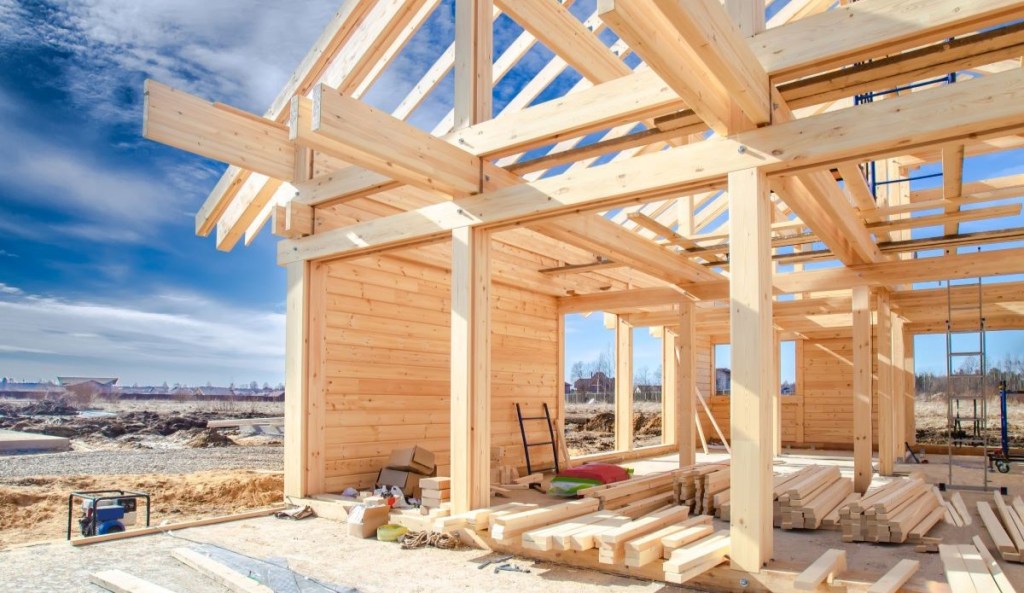People say that housing leads the economy into a recession: this is true when new home sales and housing permits fall together. When that happens, the builders start laying off workers before the national economy goes into a recession. This is one reason I raised my fifth recession red flag for Housing on June 16, 2022 as I saw that higher mortgage rates would impact new home sales and housing permits.
However, economic data doesn’t stay static, and what happened after Nov. 9, 2022, not only helped the housing market build more homes, but it also boosted the U.S. economy because single-family permits grew in 2023. The new home sales sector employs construction workers and stimulates the purchase of goods and services to build those homes: everything from windows to garage doors, flooring and more. This differs from the existing home sales market, which generates less income since there are fewer transactions.
In 2023, residential constructions workers weren’t laid off like in previous economic cycles. The builder’s confidence data picked this up after November of 2022, as mortgage rates started falling.
So why were so many people so bearish on seeing a recession going into 2023 and staying there the entire time? They were stuck and didn’t know how to correctly read the housing market data. I cover the topic in this HousingWire Daily episode.
Now, on to the report.
From Census: New Home Sales: Sales of new single‐family houses in December 2023 were at a seasonally adjusted annual rate of 664,000, according to estimates released jointly today by the U.S. Census Bureau and the Department of Housing and Urban Development. This is 8.0 percent (±24.2 percent)* above the revised November rate of 615,000 and is 4.4 percent (±20.6 percent)* above the December 2022 estimate of 636,000.
Last year, as mortgage rates were heading toward 8% we saw a cool down in new home sales. Not all builders can offer rate buy downs, and it gets more expensive as rates head higher. So, as mortgage rates started to fall, new home sales data grew.
For sale inventory and months’ supply
The seasonally adjusted estimate of new houses for sale at the end of December was 453,000. This represents a supply of 8.2 months at the current sales rate.
While single-family permits and single-family starts are rising, they’re playing catch-up to the backlog of homes that are either in construction or haven’t started yet. The builders won’t get bullish unless monthly supply data exceeds 4.3 months. So, while we have seen a bounce in the builder’s survey, it’s coming off a low level. However, the builders will build and keep those construction workers employed if rates go lower.
Here’s my model for understanding the builders:
- When supply is 4.3 months and below, this is an excellent market for builders.
- When supply is 4.4-6.4 months, this is just an OK market for builders. They will build as long as new home sales are growing.
- When supply is over 6.5 months, the builders will pause construction.
One of the things I like to do is break down the monthly supply data into subcategories. People sometimes believe that the monthly supply of new homes means live, completed homes ready to buy, but that isn’t the case.
- 1.5 months of the supply are homes completed and ready for sale — about 81,000 homes.
- 4.8 months of the supply are homes that are still under construction — about 265,000 homes
- 1.9 months of the supply are homes that haven’t been started yet — about 107,000 homes
Yes, you read right, we only have 81,000 new homes completed and ready to be moved into. This is about the normal number of homes available for sale. For context, even during the housing bubble crash years this data line never rose to 200,000.
Overall, it was a good report; we had positive revisions and ended 2023 with positive sales. However, the more important thing is that we kept Americans employed and building homes and this is why it’s critical now that the growth rate of inflation has fallen. This gets lower mortgage rates back into the system to keep the production of homes going and boost the existing home sales market, which is still near great recession lows.







